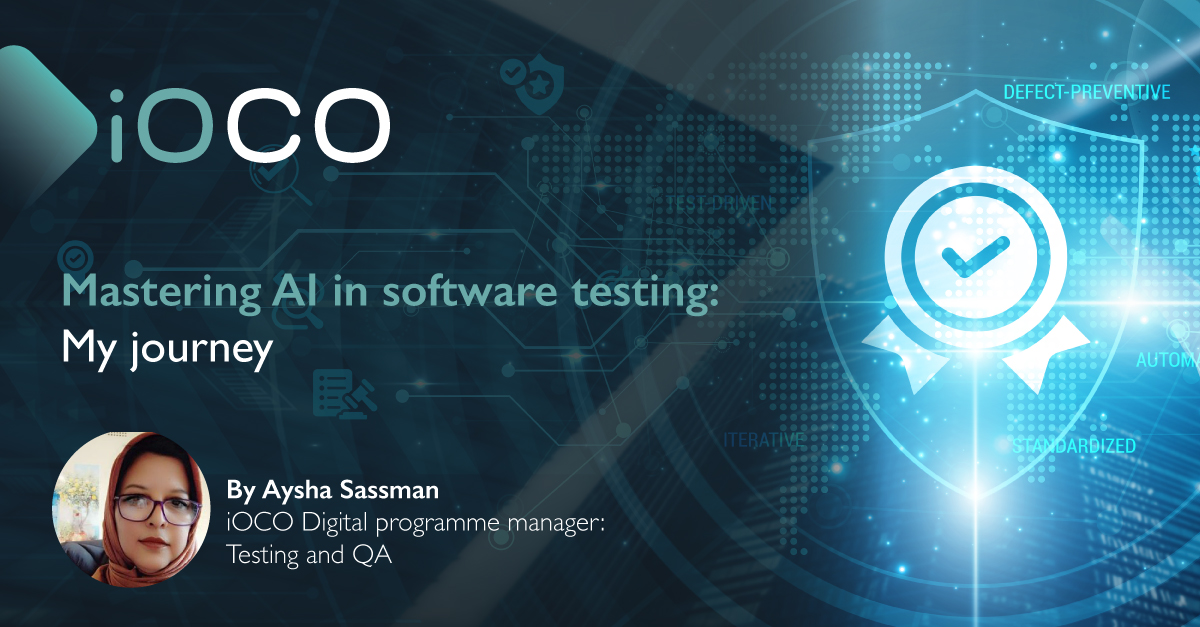COVID-19 has highlighted the urgency for digital transformation. It has forced organisations to rethink their business strategies to confront the future and remain sustainable and competitive. Technology has enabled many businesses to continue in ways that would not have been possible several years ago—and companies that were further along their digital transformation paths have been able to innovate and adapt more quickly.
Cloud brings speed and agility and is widely regarded as the enablement platform at the heart of digital transformation; however, a business’s cloud journey begins with strategy, not technology. Adopting cloud technology is part of a larger business transformation initiative centred around achieving corporate goals rather than using technology to drive the direction of the business.
The cloud landscape is growing in complexity, and keeping pace with the speed and scale of technological transformation is one of the biggest challenges that today’s businesses are facing. Digital transformation is characterised by a high degree of uncertainty around how current technology will develop and the impact it will have on business—it’s evolving rapidly, outpacing the rate at which many organisations can adapt.
This uncertainty, coupled with a lack of specialist skills to support new ways of working, has led CIOs to consider operating in a world where technology is shared, utilising what they need, as and when they need it. Rather than forecasting technology and investing large amounts of capital to own infrastructure, pay-per-use utility-based computing, enabled through a hybrid cloud platform, is fast becoming a requirement for many businesses.
Finding the right cloud mix
Creating the right mix of resources is an important choice that will impact an organisation’s transformation success. Most companies struggle to find the right combination of public, private, and hybrid environments. There are numerous options available (all with pros and cons); however, with an abundance of choice comes a lot of complexity. There is no optimal mix of platforms and services for everyone. Ultimately, a company’s strategic business objectives, coupled with factors such as technology, security, governance, compliance, and professional services, will determine which hybrid model is used.
Hewlett Packard Enterprise’s (HPE) hybrid cloud solutions can help businesses navigate these cloud complexities. Hybrid cloud is the magic layer that enables organisations to put each of their applications in its ideal environment while creating a seamless experience between public and private infrastructure and addressing key factors like technology, security, governance and the like.
The modern cloud experience
HPE GreenLake is an automated cloud operating model designed to help businesses consume the cloud resources they need, wherever their workloads reside while driving improved performance, cost, security and compliance.
Most applications and data run essential business systems like ERP and CRM, which must stay on-premises or at the edge for several reasons, including cost, compliance, control governance, security, latency and performance. These apps and data usually reside in data centres and colocations and lack the agility that the modern cloud experience brings. HPE GreenLake’s cloud services bring the speed, simplicity and agility of the cloud to wherever these apps and data live in a pay-per-use model with the flexibility, governance and control of an on-premises environment. HPE GreenLake helps organisations create the essential data and analytics core to digital transformation and amplifies insights for data science teams, accelerating innovation.
HPE GreenLake enables companies to contain costs by providing a predictable expense based on actual use. There is no upfront capital expenditure, and capacity can easily be scaled up or down according to a business’s requirements, so there is no risk of over-provisioning infrastructure.
As technology progresses, it can become overwhelming for companies to invest in the skills and resources needed to meet the business’s requirements. A solution is for companies to opt for services to customise their workloads and get everything managed for them As-a-Service. This improves productivity by freeing up resources to focus on initiatives that provide real business value.
HPE GreenLake gives CIOs broad visibility and allows them to centralise operations and monitor and manage the whole enterprise from a single intuitive platform.
Application modernisation
Many businesses are transforming their operating models to become more agile and innovative through cloud tools and services. The cloud experience has simplified IT and given developers and IT operations the ability to scale new apps and capabilities—it has significantly shifted the way applications are being developed. Today’s microservices architecture enables developers to rapidly design, build and deliver lightweight, scalable cloud-native applications using various toolsets on Azure, AWS, Google Cloud Platform and other public cloud platforms, as well as private cloud environments.
Building apps this way provides agility and enables solutions to reach the market with unprecedented speed while reducing development and infrastructure costs. It is especially useful if an app is required for a specific period or project—it can be used for the duration of the project and then closed down. It is pay-per-use, so businesses don’t need to invest in software, licences and extensive infrastructure in the private hosted data centre. Previously, app development using very structured traditional toolsets was a lengthy and costly process that could take months to deploy.
HPE GreenLake cloud services allow organisations to integrate their private infrastructure with public cloud platforms like Azure, AWS and Google Cloud Platform to create an enterprise-ready hybrid cloud.
HPE GreenLake cloud services for containers use the same scalable, modular entry-points as bare metal and virtual machines and offer solutions ranging from small to extra-large capacity sizes. HPE’s Ezmeral Container Platform can enable businesses to run, manage, control, and secure their apps, data and IT from edge to cloud. Different hyperscalers offer different toolsets, and developers are beginning to use multiple clouds for various applications and functions—for example, they may need a Lambda function on AWS while using analytics from Google. The HPE Ezmeral Container Platform enables this kind of multi-cloud utilisation and management while ensuring the proper security, governance, and compliance levels. It can also bring the cloud experience to non-cloud-native apps to increase agility and provide the portability for these apps to be moved to the cloud.
Partnering with iOCO and HPE
Cloud is helping businesses to transform. Cloud solutions can increase agility, reduce capital expenditures, decrease labour costs, enhance flexibility in application development and delivery, reduce ongoing costs for maintaining infrastructure, reduce operating expenses, and increase service availability.
HPE and iOCO are fully committed to enabling and supporting businesses as they embrace the cloud and the opportunities that an As-a-Service business model can bring. Contact us for expert advice to help you get the most out of your cloud transformation.
By Sunny Desai, Head of Solutions and Engineering at iOCO



